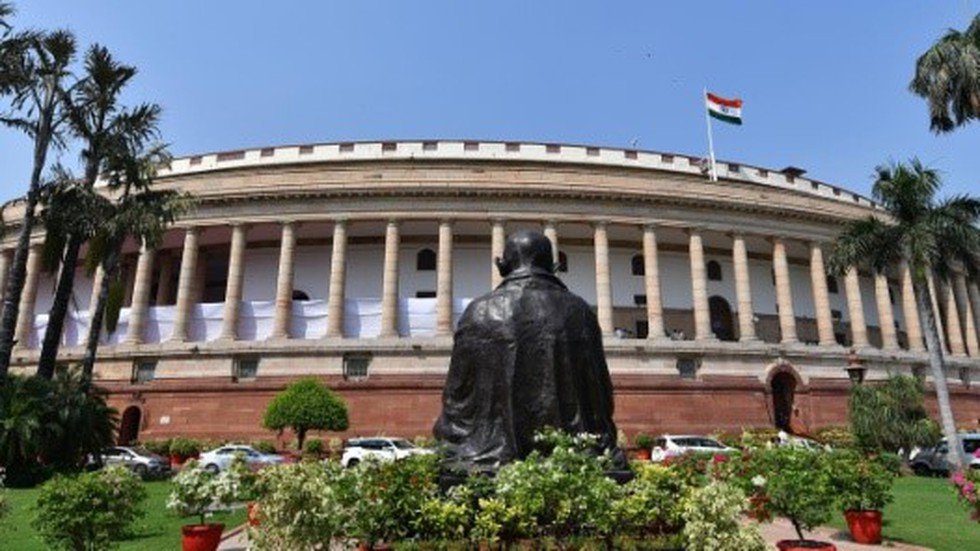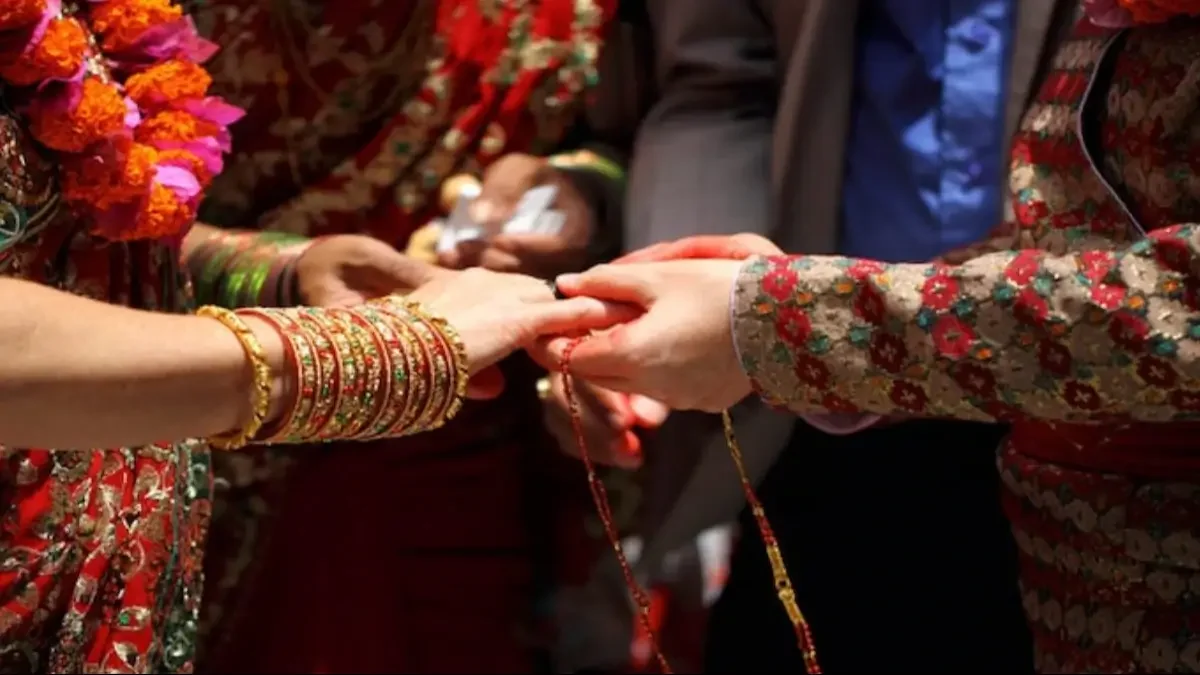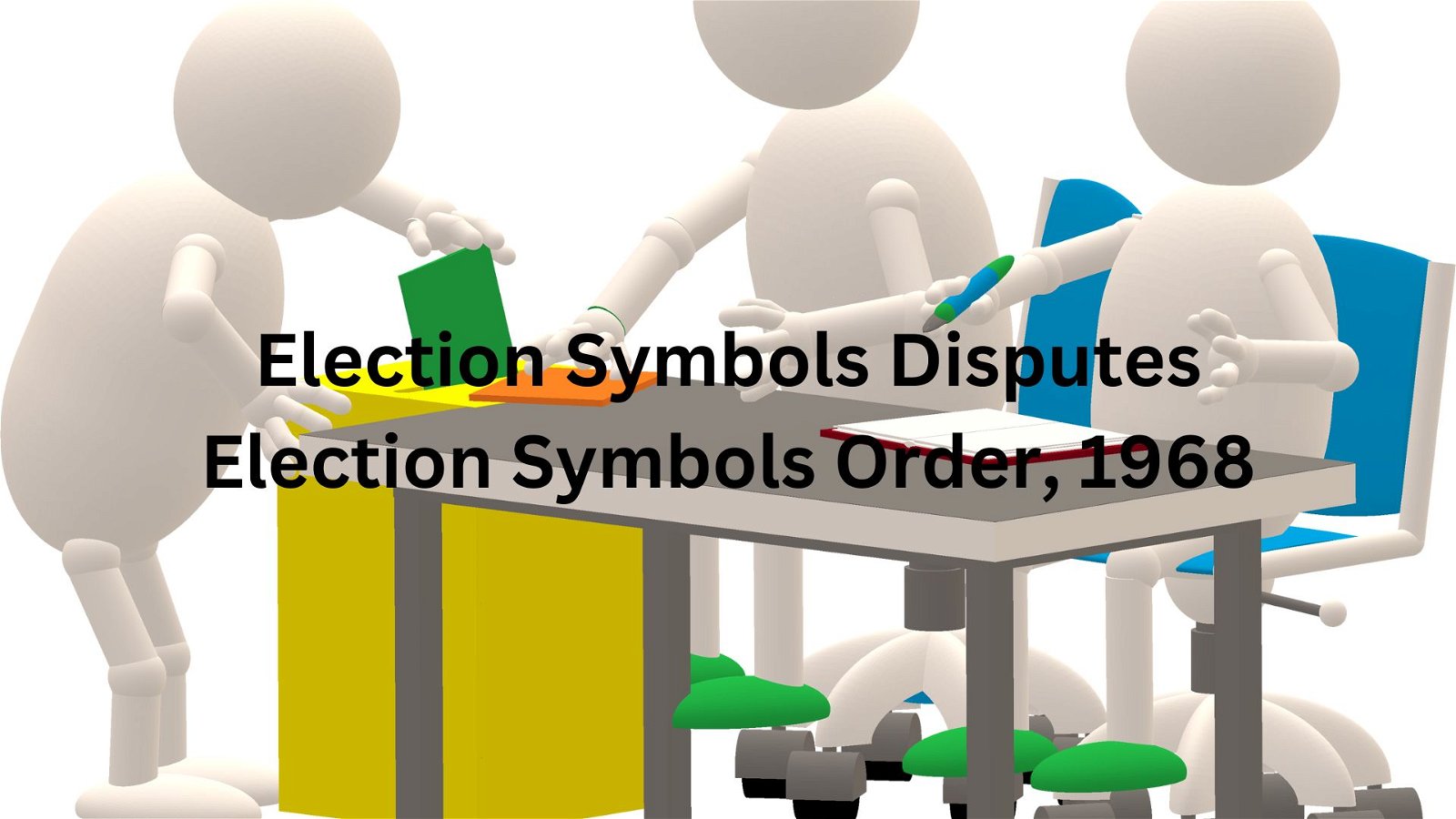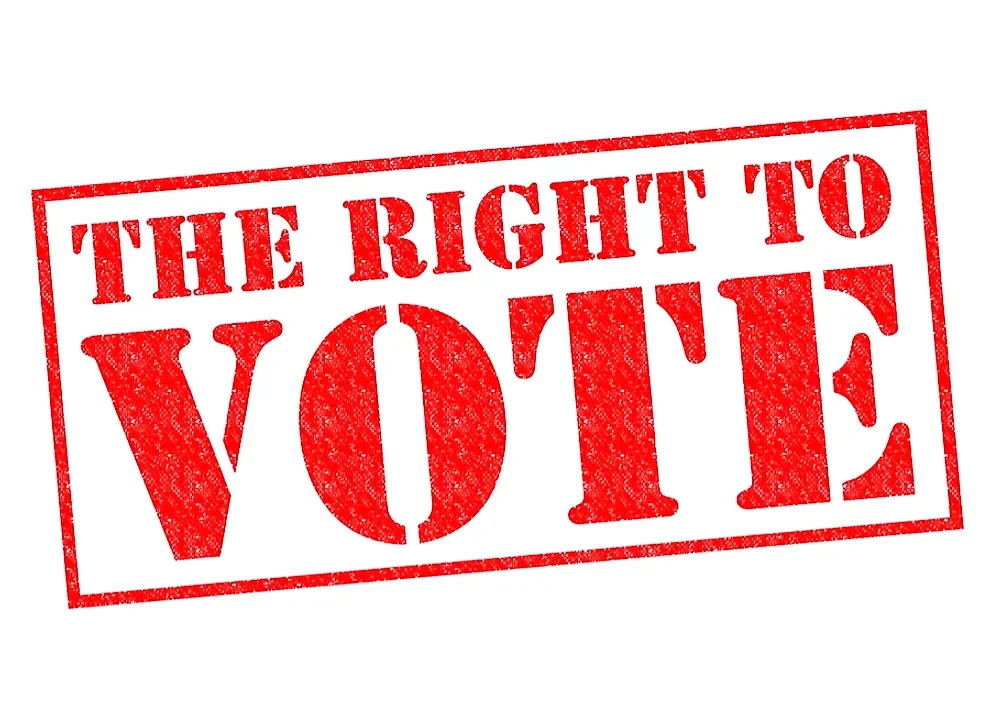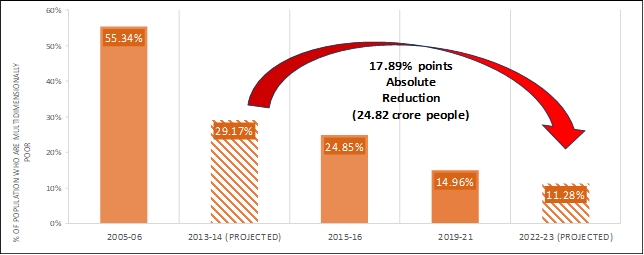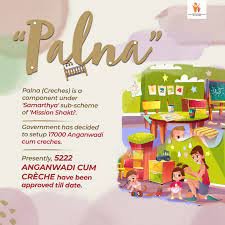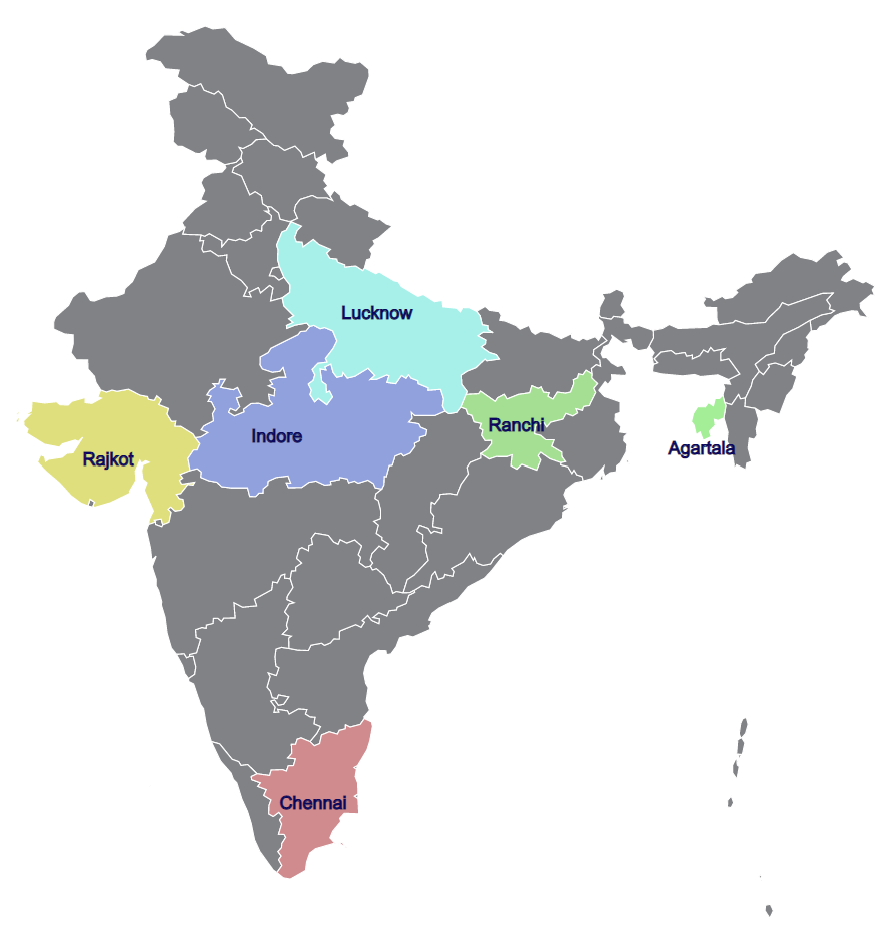
Karnataka Temple Bill
Subscribers of "Current Affairs" course can Download Daily Current Affairs in PDF/DOC
Subscribe to Never Miss an Important Update! Assured Discounts on New Products!
Must Join PMF IAS Telegram Channel & PMF IAS History Telegram Channel
- Context (IE | IE | TP): The Karnataka Hindu Religious Institutions and Charitable Endowments (Amendment) Bill, 2024, regulating the taxation of Hindu temples, was rejected by the Legislative Council.
- The Bill aims to change various sections of the Karnataka Hindu Religious Institutions and Charitable Endowments Act, 1997.
- There are around 35,000 temples under the Muzrai Department (The Department of Religious and Charitable Endowments), categorised as-
- Group A: Income > Rs 25 lakh per year– contributes 10 per cent of the revenue generated from collection boxes to a Central Fund.
- Group B: Rs 5 lakh ≥ Income ≤Rs 25 lakh– contributes 5 per cent of the revenue generated from collection boxes to a Central Fund.
- Group C: Income < Rs 5 lakh– No Contribution.
Amendments introduced in the Bill
- To allocate “10% of the gross income of institutions earning over Rs 1 crore annually” to a common pool.
- Current rule: 10% of the net income of institutions earning over Rs 10 lakh annually to a common pool.
- Net income is what remains after deducting expenses from the temple’s earnings, while gross income represents the total amount of money the temple earns.
- To allocate 5% of the earnings of institutions making between Rs 10 lakh and Rs 1 crore to the common pool, altering the prior income range from Rs 5 lakh to Rs 25 lakh.
- The Bill proposed to include, among the committee of management, one person ’skilled in Vishwakarma Hindu temple architecture and sculpture’.
- Under Section 25, temples and religious institutions are required to form a “committee of management” consisting of nine people, including a priest, at least one member of an SC or ST, two women, and one member of the locality of the institution.
|
- The Bill also gave the Rajya Dharmika Parishat the power to appoint the chairman of these committees.
- The Rajya Dharmika Parishat is a body appointed by the state government that is empowered to make decisions on a variety of subjects related to religion, which includes-
- Religious disputes over practices and customs,
- whether a temple is a “composite institution” by allowing religious worship besides Hinduism,
- Whether a temple is private, public or denominational and
- Whether a person is a hereditary trustee of a religious institution by virtue of succession.
- The state government will create district-level and state high-level committees to oversee infrastructural projects facilitating pilgrimage to the temple.
Accusation- By Opposition
- The Karnataka government is trying to “steal” from temples and questioned why only Hindu temples were singled out.
Counter- By Government
- The increased funds would be used to support poorer temples, provide benefits to sick priests, and offer scholarships for the children of priests’ families.
How do other states manage temple income?
Kerala
- In Kerala, temples are often managed by state-run Devaswom (temple) Boards.
- These boards are managed by government-appointed nominees, many of whom are politicians.
- Each Devaswom Board receives a budget from the state government and is not obliged to disclose revenue figures.
Tamil Nadu
- The Hindu Religious and Charitable Endowments (HR&CE), 1959, is the governing law on the administration of Hindu temples and religious institutions.
- In 1971, Section 55 of the HR&CE Act was amended to abolish hereditary priesthood.
- Removal of caste-based discrimination: In 2006, the amendment provided for the appointment of sufficiently trained Hindus, irrespective of their caste, as archakas to Hindu temples.
What is the history of the regulation of temples by the State?
- In 1927, the Justice Party enacted the Madras Hindu Religious Endowments Act, 1927.
- In 1950, the Law Commission of India suggested that a law be passed to check the misuse of funds and properties of temples.
- The TN HR&CE Act was enacted, but its constitutional validity was challenged before the SC.
- In the landmark Shirur Mutt case in 1954, the SC upheld the overall law except for some provisions, which led to a revised TNHR&CE Act in 1959.
- The Orissa Hindu Religious Endowments Act of 1939 was struck down by the SC twice in 1954 and 1956.
British legacy
|
What is the need for government regulation?
- Recommendation: In 1960, the GOI formed the Dr. C. P. Ramaswami Aiyar Commission to investigate issues related to Hindu Public Religious Endowments.
- Constitutional authority: The framers of our Constitution granted states limited control over religious matters through Article 25(2).
|
- Against discrimination: The Dravidian movement ensured that people belonging to backward classes were given the right to walk on the roads adjoining the Shiva temple in Vaikom.
- It resulted in the promulgation of the Travancore Temple Entry Proclamation of 1936.
- Temple Reforms: Kerala and Tamil Nadu have seen significant reforms within Hindu temples that have led to the appointment of woman odhuvar (singer of hymns) and persons from backward classes as archakas (priests).
- Transparency: The Integrated Temple Management System digitises temple records to ensure transparency and accountability in temple administration.
- Other initiatives taken: Setting up institutes for training archakas, converting jewellery given as donations into gold bars, expediting evictions in cases of land encroachments, etc.
- The most fundamental criticism against the release of Hindu temples from government control to the society is:
- To whom will the temples be handed over to?
- Will it not perpetuate class hierarchies?
- Sovereign control of temples is justified on the grounds that Hindu temples were supervised and managed by kings.
What are the criticisms against the state control?
- Secularism – Much of the campaign to free temples stems from the idea that control of temples by the state is against the principle of secularism.
- Unequal degree of control amongst religions.
- Interfering in religious affairs – In the course of administering Hindu religious endowments, the state is trenching upon religious affairs.
- In Tamil Nadu, temples cannot even conduct pujas as the state has depleted their income.
- Undermines the freedom of religion guaranteed by the IC under Articles 25 and 26.
- Plundering of temple resources – There is also an accusation of large-scale loot and plunder of temple resources at the hands of state officials.
- The HR&CE Department collects hundreds of crores as a common good fund, though the courts have frowned upon such forcible collection.
- Silencing the activists: States are alleged to be silencing temple activists by initiating arbitrary criminal action against them.
- Absence of records: Some state governments do not even have records of their executive notifications justifying their management of certain temples.
- No external audit: In Tamil Nadu, no external audit has been conducted for temples under HR&CE, and there have been 1.5 million audit objections pending resolution since 1986.
- There are allegations of gross mismanagement of financial resources, along with the loss and destruction of temple antiquities.
Judicial balancing of the various rights by the SC
The Sabarimala case and Joseph Shine v. Union of India
- There is a need to eliminate “historical discrimination which has pervaded certain identities”, and “systemic discrimination against disadvantaged groups”.
- In these cases, the SC rejected stereotypical notions used to justify such discrimination.
- In all these cases, the Court prioritised judicial balancing of various constitutional rights.
- The constitutional order of priority: The individual right to the freedom of religion was not intended to prevail over but was subject to the overriding constitutional postulates of equality, liberty and personal freedoms recognised in the other provisions of Part III.
Navtej Singh Johar v. Union of India (2018)
- Article 15 being wide, progressive and intersectional.
- While most of the debate is around whether men from all caste groups can become archakas, we have failed to recognise the gender bias inherent in these discussions.
Seshammal v. Union (1972)
- The amendment to the HR&CE Act abolishing hereditary priesthood did not mean that the government intended to bring about any “change in the rituals and ceremonies”.
Adi Saiva Sivachariyargal v. Govt. of Tamil Nadu (2015)
- The constitutional legitimacy, naturally, must supersede all religious beliefs or practices.





![PMF IAS Environment for UPSC 2022-23 [paperback] PMF IAS [Nov 30, 2021]…](https://pmfias.b-cdn.net/wp-content/uploads/2024/04/pmfiasenvironmentforupsc2022-23paperbackpmfiasnov302021.jpg)
